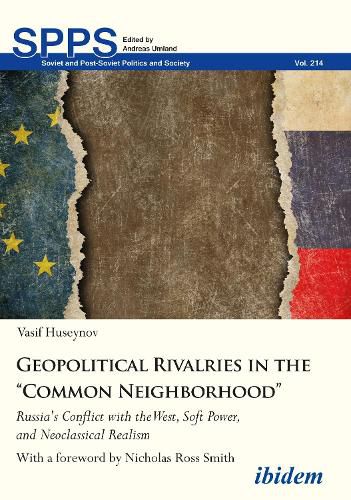Readings Newsletter
Become a Readings Member to make your shopping experience even easier.
Sign in or sign up for free!
You’re not far away from qualifying for FREE standard shipping within Australia
You’ve qualified for FREE standard shipping within Australia
The cart is loading…






This timely book analyzes ‘soft power’ in the light of neoclassical realist premises as part of the foreign policy toolkit of great powers to expand their sphere of influence. Vasif Huseynov argues that if nuclear-armed great powers compete against the same type of powers to expand or sustain their sphere of influence over a populated region, they use soft power as a major expansive instrument while military power remains a tool to defend themselves and back up their foreign policies. Presenting his model of soft power, the author explores the role of soft power projection by great powers in the formation of the external alignment of regional states. He focuses on the rivalries between Russia and the West (i.e. the EU and the USA) over the states located between the EU and Russia (the region known as the common [or shared] neighborhood ) and on two of these regional states (Ukraine and Belarus) to test his hypotheses.
$9.00 standard shipping within Australia
FREE standard shipping within Australia for orders over $100.00
Express & International shipping calculated at checkout
This timely book analyzes ‘soft power’ in the light of neoclassical realist premises as part of the foreign policy toolkit of great powers to expand their sphere of influence. Vasif Huseynov argues that if nuclear-armed great powers compete against the same type of powers to expand or sustain their sphere of influence over a populated region, they use soft power as a major expansive instrument while military power remains a tool to defend themselves and back up their foreign policies. Presenting his model of soft power, the author explores the role of soft power projection by great powers in the formation of the external alignment of regional states. He focuses on the rivalries between Russia and the West (i.e. the EU and the USA) over the states located between the EU and Russia (the region known as the common [or shared] neighborhood ) and on two of these regional states (Ukraine and Belarus) to test his hypotheses.